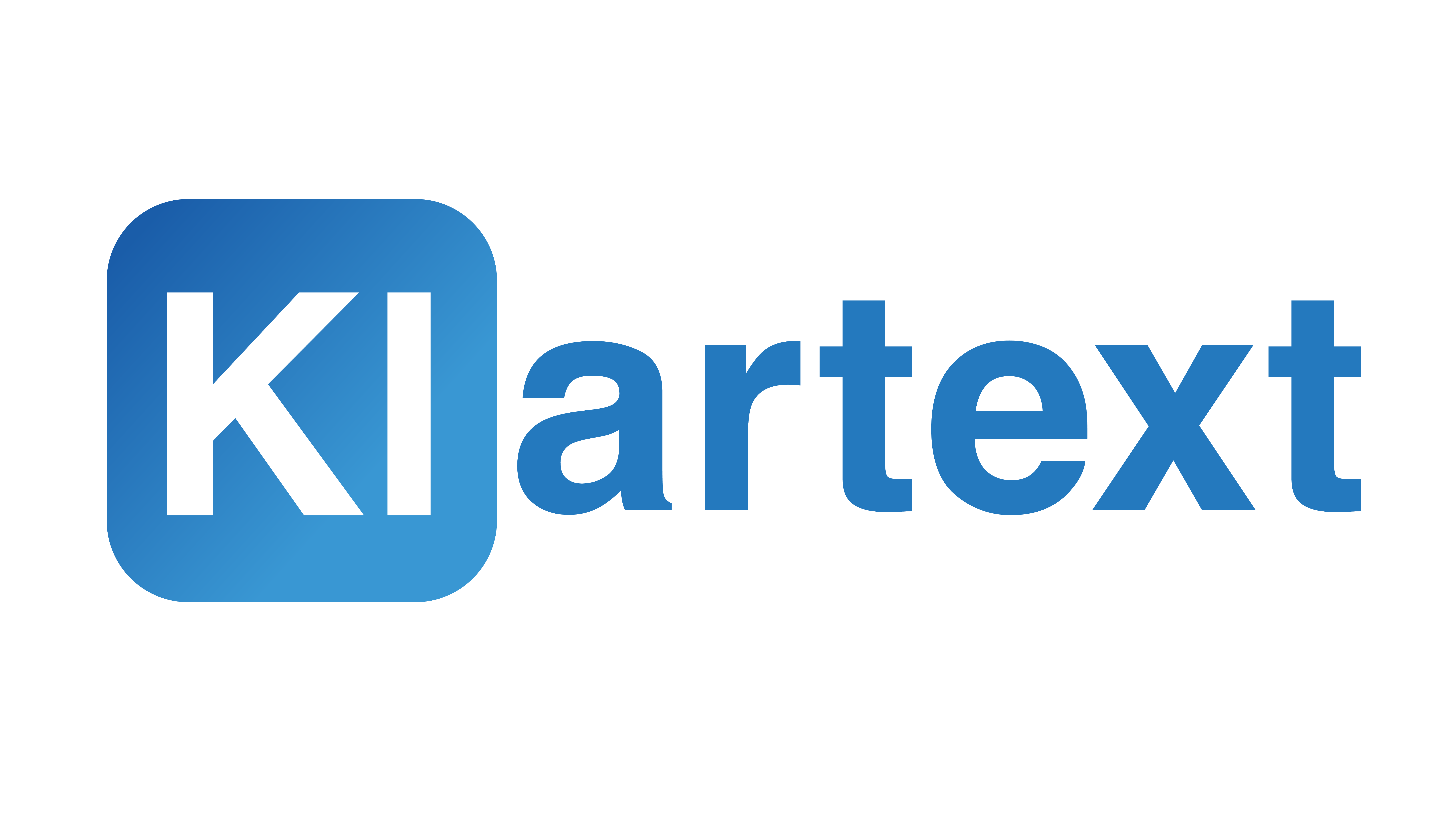Technical Excellence: Engineering that lasts
Why good AI is never an accident – and how principles like Privacy by Design, evaluation-driven engineering, and domain-driven design work in practice.
Technical excellence for us means: clean engineering, clear principles, and rigorous evaluation. Instead of short-lived proof-of-concepts, we focus on robust, understandable systems that embed data protection, domain knowledge, and operations from day one – and create lasting value.
Why technical excellence in AI is crucial
Many organisations experiment with AI – pilots, proof-of-concepts, hackathons. But only a small fraction of these initiatives make the leap into stable, productive systems. In most cases, the problem is not the idea itself, but the implementation: missing architecture, unclear responsibilities, and a lack of proper evaluation.
Technical excellence for us means: treating AI not as “magic”, but as an engineering discipline. With principles, standards, tests, and clear quality criteria.
“Great AI is never accidental. It is the result of clear communication, iterative development, and rigorous evaluation.” – Felix
From model tinkering to robust systems
A single model in a notebook can be built quickly. A system that runs reliably over time in a production environment is something entirely different. Technical excellence closes the gap between experiment and operation:
- From one-off analyses to repeatable pipelines
- From “it works on my machine” to reproducible results
- From gut feeling to clearly defined quality metrics
Instead of relying on “wow moments” in demos, we focus on systems that hold up under load, with real users, and under real-world conditions.
Principle 1: Privacy by Design – data protection as a foundation, not an add-on
In many AI projects, data protection is only considered at the very end – when the system is almost finished. For us it’s the opposite: Privacy by Design is a central architectural principle:
- Data minimisation: we only process what is truly necessary for the use case.
- Clear data flows: from the source to the model, it is transparent where data is stored and who has access.
- Technical safeguards: encryption, pseudonymisation, and role concepts are part of the basic setup.
- European infrastructure: hosting and tooling decisions are aligned with the GDPR and European standards.
Good data protection is not a brake, but a quality marker. Systems that take Privacy by Design seriously are more trustworthy, better documented, and more stable in the long run.
Principle 2: Evaluation-driven engineering – we trust metrics, not myths
Without proper evaluation, nobody really knows whether a system is doing what it is supposed to do. That’s why, for us, the following is non-negotiable:
- Use-case-specific metrics: we define metrics that fit the domain – from precision/recall and error rates to domain-relevant KPIs.
- Realistic test data: we test not only on “best-case” samples, but also on edge cases, noise, and real production data.
- Continuous monitoring: after go-live, we continuously monitor drift, data quality, and system behaviour.
- Human in the loop: critical decisions remain with professionals – the system makes suggestions, not irreversible judgments.
Evaluation-driven engineering protects against “AI theatre”: it ensures that systems not only look good, but demonstrably add value.
Principle 3: Domain-driven design – we model problems, not buzzwords
Technical excellence without domain understanding produces elegant but irrelevant solutions. That’s why we work in a domain-driven way:
- Domain model before model choice: we first understand the processes, roles, and decisions in the domain – only then do we choose algorithms and architectures.
- Ubiquitous language: the terms that domain experts use are reflected in data models, APIs, and the UI.
- Clear bounded contexts: systems have well-defined responsibility areas to keep complexity manageable.
The result is solutions that are not only technically interesting, but genuinely helpful in the day-to-day work of users – whether in nursing, medicine, compliance, or controlling.
Principle 4: End-to-end ownership – one team, full responsibility
AI projects are often organised in such a way that no one is truly responsible for the whole: one team trains models, another handles integrations, a third “owns” the product. The result: knowledge gaps, delays, frustration.
Our approach is different:
- Cross-functional teams: one team owns design, implementation, evaluation, and operations.
- From first sketch to monitoring: decisions and context remain within the same team.
- No proof-of-concepts without a path to production: even at MVP stage, we design with a safe, robust production setup in mind.
End-to-end ownership ensures that systems don’t “orphan” after the first demo, but evolve iteratively over time.
Principle 5: European AI sovereignty as a quality framework
We don’t develop in a vacuum, but within the context of European values and regulation. That shapes our definition of excellence:
- Data protection and fundamental rights as hard requirements, not “soft factors”.
- Transparency and explainability wherever decisions have a direct impact on people.
- Traceable documentation of data sources, model versions, and design decisions.
Systems that run stably on this foundation are not only compliant, but also trustworthy – for users, partners, and regulators.
What organisations concretely gain from technical excellence
Technical excellence is not an end in itself. It directly contributes to the success of AI projects:
- Fewer outages and more stable systems in day-to-day operations
- Faster iterations because architecture and processes support clean changes
- Higher user acceptance because the system is reliable and understandable
- Lower risk of data protection issues, wrong decisions, or misinvestments
Our ambition: we build AI systems that create impact today – and can still be operated in a robust, transparent, and responsible way a few years from now.
